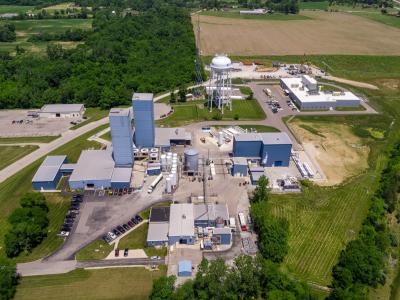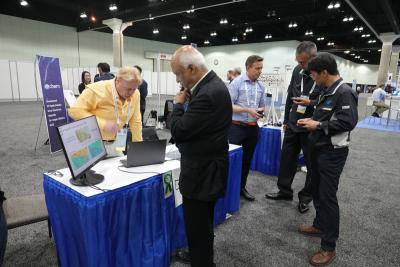Researchers design the world's highest-efficiency narrow-emission deep-blue TADF OLED emitter
Researchers from Korea's KAIST institute, in collaboration with Gyeongsang National University developed a new TADF OLED deep-blue emitter molecule that achieves an EQE of 33%. Combined with a fluorescent emitter to create a hyperfluorescence system, the researchers achieved an EQE of 35.4%, with mitigated efficiency roll-off. The researchers say that this is the world's highest-efficiency narrow-band deep-blue TADF OLED emitter.
To develop the new emitter the researchers introduced sterically hindered peripheral phenyl groups to boron-based TADF emitter. The resulting material, o-Tol-ν-DABNA-Me, offers a pure narrowband emission that is far less sensitive to concentration compared to standard TADF emitters.








